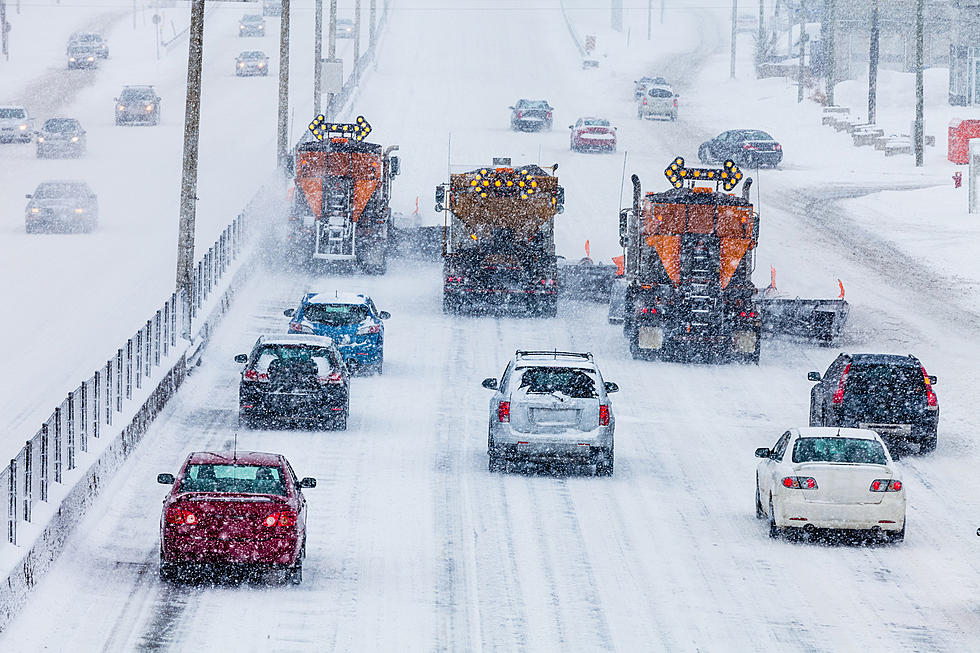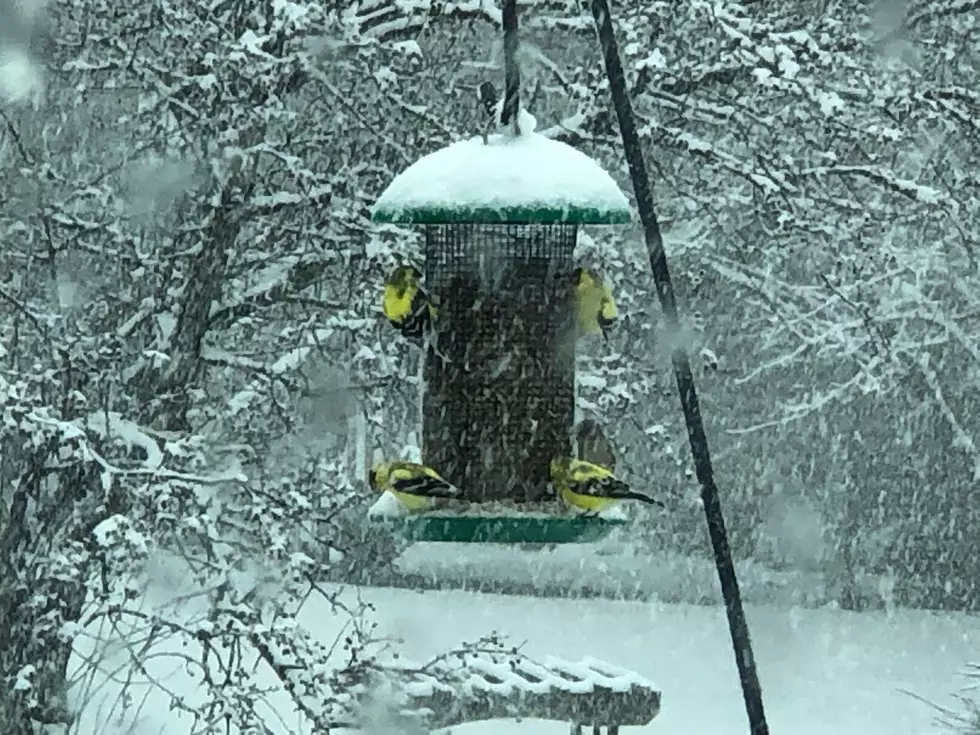
Minnesota Winter Weather Awareness Week is This Week
The National Weather Service says November 13-17, 2023 is Winter Weather Awareness Week. Homeland Security and Emergency Management says, "To help Minnesotans minimize the risks of winter" they sponsor the week each fall in conjunction with the National Weather Service.
A time to become educated on what to do in the event of severe winter weather.
Each day of the week there will be a different topic.
Monday is Winter Storms
Tuesday: Outdoor Winter Safety
Wednesday: Winter Fire Safety
Thursday: Indoor Winter Safety
Friday: Winter Driving
We will share materials provided by HSEM a division of the Minnesota Department of Public Safety throughout the week.
There are many ways for winter storms to form. All have three key components.
Cold Air: The temperature must be below freezing in the clouds and near the ground for snow and ice to form.
Moisture: Water evaporating from bodies of water, such as a large lake or the ocean, is an excellent source of moisture.
Lift: Lift causes moisture to rise and form clouds and precipitation. An example of lift is warm air colliding with cold air being forced to rise. Another example of lift is air flowing up a mountain side.
Warnings and Alerts: Keeping Ahead of the Storm
Minnesotans should listen to a NOAA Weather Radio, commercial radio and television for the latest winter storm warnings, watches and advisories. The National Weather Service issues outlooks, watches, warnings and advisories for all winter weather hazards. Here’s what they mean and what to do.
- OUTLOOK: Winter storm conditions are possible in the next 2-5 days. Stay tuned to local media for updates.
- WATCH: Winter storm conditions are possible within the next 36-48 hours. Prepare now!
- WARNING: Life-threatening severe winter conditions have begun or will begin within 24 hours. Act now.
- ADVISORY: Winter weather conditions are expected to cause significant inconveniences and may be hazardous. If you are cautious, these situations should not be life threatening. Electronic equipment is available to receive weather information: NOAA Weather Radio, radio, television, and cellphone.
The National Weather Service wants to ensure Minnesotans are aware of and prepared for the variety of winter weather we experience. That is why it simplified its winter weather messaging in 2017.
Fact Sheet: NWS- Hazard Simplification Project
Extreme cold
At some point every winter, temperatures in Minnesota drop below zero. Adding even a small wind can drive the wind chill effect down to dangerous levels for anyone exposed to it for very long. The best way to avoid any danger is to stay indoors, but if you do feel the need to venture outdoors, make sure to take proper precautions and know how to spot the signs of frostbite and hypothermia.
Heavy Snow and Ice
Heavy snow can immobilize a region: stranding commuters, closing airports, stopping the flow of supplies, and disrupting emergency and medical services. Accumulations of snow can cause roofs to collapse and knock down trees and power lines. Homes and farms may be isolated for days and unprotected livestock may be lost. The cost of snow removal, repairing damages, and the loss of business can have severe economic impacts on cities and towns.
Every Celebrity That's Been In Minnesota In 2023 (So Far)
Gallery Credit: Lauren Wells
More From KROC-AM










